Introduction: Post Independence India- 1 | Post Independence History for UPSC Mains PDF Download
| Table of contents |

|
| Post-1947 |

|
| Impact of Colonial Legacy on India's Development |

|
| Economic Exploitation during Colonial Era |

|
| Contrasting Image of Colonialism |

|
| India Since Independence |

|
Post-1947
After 1947 a new era had dawned for India. Colonial rule was over and now a journey towards overcoming the colonial legacy of poverty, illiteracy, social inequality, injustice and economic underdevelopment.
- The task of nation-building was taken by the people with the confidence to succeed.
- The basic goal with the new leadership was to strengthen and consolidate the Unity of India. Indian-ness had to be developed by acknowledging the multiple diversity of India and giving space to all Indians in the Union.
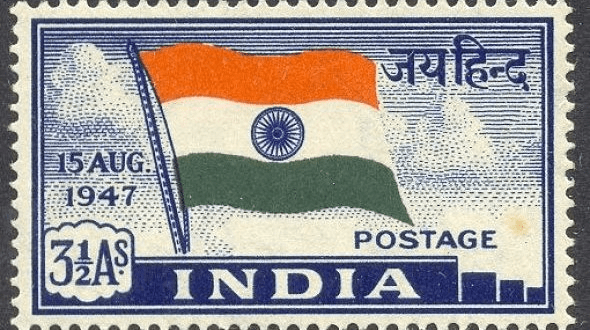 The first stamp issued by India after independence by India Post
The first stamp issued by India after independence by India Post
- Along with political freedom, social and economic development too was needed. The Indian planners realized that unhampered market forces couldn't led to an independent national economy. Thus since 1955, the public sector was seen as the device for this.
- The second task was to change the caste and untouchability-ridden rural society. Females had no right to education and had to face social oppression's. In spite of this, the Indian leaders decided to pursue a policy of building a democratic, civil libertarian society.
- This was an innovation as other countries that saw economic development had limited civil liberties in the early stage.
Impact of Colonial Legacy on India's Development
Colonial Britain transformed India both economically and in other spheres. The country saw the introduction of railways, communication, transportation, finance, architecture, law and order and education.
- All these developments were positive but since the operated under the colonial framework some have called them "Development of Underdevelopment". They strengthened the colonial economic structure that led to poverty and subordination to Britain. India's development since 1947 has been influenced by this legacy.
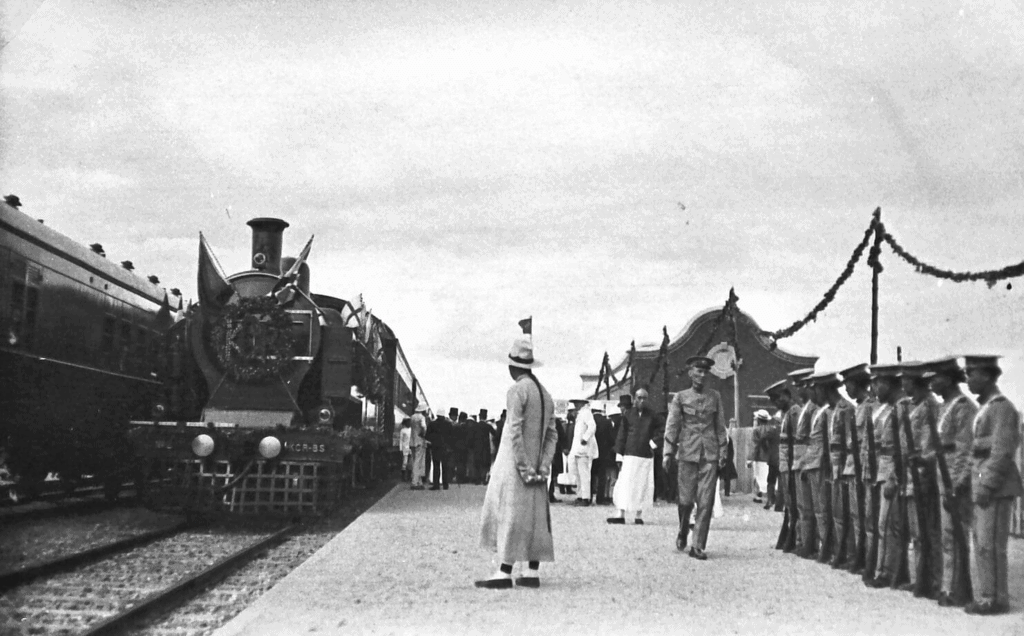 Introduction of the Railway has profited British India in many ways
Introduction of the Railway has profited British India in many ways
- The colonial structure of India led to the following changes in its economy:
(i) India became integrated into the world economy due to colonization but its economic interests were wholly subordinate to Britain.
(ii) Secondly, India became an importer of high technology goods and an exporter of raw materials. This was done to suit the British economy. This international division of labor was done deliberately by Britain to force India to become subservient to it.
(iii) Third feature, Low investment in the economy for expansion from the surplus generated due to economic activity. The post-independence trend shows a high difference between them. A large part of the surplus would be usurped by landlords and colonial government and misspent. - Finally, the drain of wealth due to the potential surplus and investment capital being unilaterally being sent to Britain. India got no returns from this in any form. The lack of state support to agriculture and industry which is a norm seen in most independent countries too led to the exploitation.
Economic Exploitation during Colonial Era
The state of agriculture in the colonial era was worst. No capital was invested in improving productivity. The government was only interested in revenue collection.
- The agrarian structure was dominated by landlords who controlled 70% of the land. The subinfeudation, landless farming, sharecropping, and tenancy were seen in ryotwari and zamindari areas.
- The peasants had no incentive to invest in agriculture. Landless peasants were on the rise and fragmentation of landholdings made it difficult to even have subsistence farming.
- Even the rich farmers preferred becoming landlords or moneylenders and rack-renting farmers was considered a safer investment than investing inland.
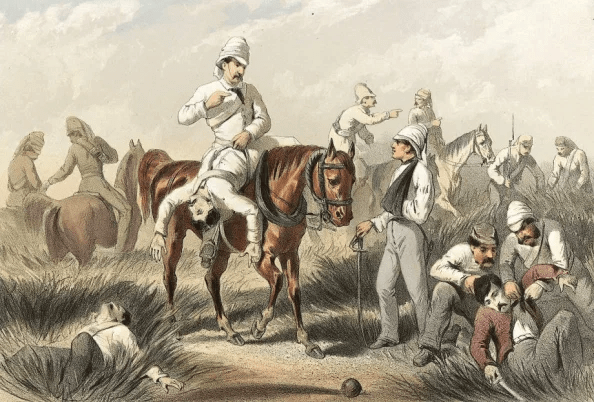 Image showing Condition of Peasants during British Rule
Image showing Condition of Peasants during British Rule
- Agriculture became globalized as food crops reached global markets due to colonization. However Indian agriculture saw neglect in the field of agriculture education.
- It also neglected investment in machinery, instruments, fertilizers, and soil erosion techniques. Irrigation was the only field that saw improvement as nearly 27% of the cultivated area was irrigated, but India had always been advanced in irrigation cultivation.
- Industries were another sector of the economy that remained backward. The high rural to urban population ratio was a sign of this. Indian artisans and handicrafts collapsed due to the free trade policy with Britain and the machine-made goods of Britain.
- These artisans moved to agriculture for subsistence. The high index of import of machine instruments and tools also is a sign of backwardness of industry.
- Gross underdevelopment was seen in electricity production and banking. Cotton and jute were the most labor-intensive industries and iron and steel to developed by the 20th century.
- Foreign capital controlled industries and was responsible for the negative effects. The industrial development was lopsided and caused a regional imbalance in incomes. The spread of road and rail lines didn't lead to corresponding industrial spread.
- It only aided further colonization as rail lines were to transport raw materials to ports for exports and deliver imports to interior regions. The needs of the Indian industry were ignored.
- Most of the managerial and technical manpower of the country were Non-Indian, this was due to the lack of technical education facilities in India.
- A strong indigenous capitalist class grew in India by 1914. The Indian entrepreneurs unlike other colonies weren't junior partners of foreign capitalists or intermediaries between foreign capital and the Indian market but had an independent base. They soon dominated the Indian market and nearly all the small-scale industries were controlled by Indians.
- Thus poor industrialization, low agriculture productivity, and apart from these high mortality rates, poor education facilities, and low healthcare and food security were the legacy of the colonial state to India.
Contrasting Image of Colonialism
The Colonial forces produced several contrasting features in India. The built upon the Mughal administration and created a unified administrative system in India. But this was used to crush the people's aspirations.
- The army and the civil service were created as apolitical institutions and so separated from the rest of the populations. Due to the government's strategy, they were made subordinate to the population. This indirectly has benefited India even after independence than Pakistan that saw a wave of military uprisings.
- The education system too had contrasting features, on one hand, it was introduced to refine Indian tastes and culture. But it also contributed to making Indians trained for clerical administrative jobs than intellectual work. English language-based education suppressed the growth of Indian languages and even in the post-independence period created conflicts.
- British policy on administration and education had an indirect positive aspect as it created a unified nation and India-wide intelligentsia that shared a common outlook on polity and society and thought in national terms.
- The constitutional reforms introduced by Britain were for reforming institutions and making them more democratic and responsive. However, they were used as instruments to divide the main political opponent, Indian National Congress.
- They also provided full powers to the executive to remain in charge and take decisions as it wanted. Indians could be nominated or elected but the narrow vote and the opaque nomination policy defeated these initiatives. Benevolent despotism is what British constitutional reforms succeeded in creating.
- Under British rule, the bureaucracy got full power to make decisions without political consideration. Mostly such decisions were against the public interest. The excesses committed by the bureaucracy too were never probed.
- This steel frame of the civil service created by the British to stop national movements has continued to oppose reforms even in independent India.
India Since Independence
It has been 73 years since 1947 when the country achieved its freedom from colonial rule, there have been many events that have shaped the way India is progressing onwards.
Nehruvian Era
Jawaharlal Nehru, the first prime minister of India, has in many ways contributed to laying the foundation of post-independent India. This can be reflected through policies of democratic socialism, non-alignment, secularism, and institutionalization of democracy etc.
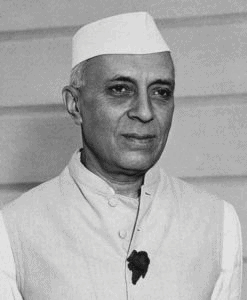
- Institutionalization of Democracy: Nehruvian ideals envisioned in ‘Objective Resolution’, steered the Constituent Assembly to draw up the philosophy of the Indian constitution i.e. Preamble. The nature of the Nehruvian way of politics (debate and deliberation) led to the development of respect for parliamentary procedures, abiding faith in the constitutional system. Nehru also believed in democracy at the grassroots level in India (Panchayati raj institutions).
- The ideal of Secularism: Nehru believed that India belonged to all who had contributed to its history and civilization and that the majority community had a special obligation to protect the rights, and promote the well-being, of the minorities. This helped in building the narrative of ‘Unity in Diversity.
- Democratic Socialism: Through the planned economy approach, Nehru envisaged that in a land of extreme poverty and inequality, the objective of government policy must be the welfare of the poorest, most deprived, and most marginalized of the people.
- Non-Alignment Policy: For Nehru, Non-alignment (NAM) was the response to the bipolar divisions of the Cold War era. After two centuries of British rule, Nehru was determined to protect the country’s strategic autonomy without compromising independence by aligning itself to either superpower in the Cold War.
- This policy of NAM, made India one of the most distinguished leaders of Third World solidarity, reached out to the rest of the colonized world, and forged a joint front against colonialism, and a reinvented imperialism.
With these socio-economic-political contributions, Jawaharlal Nehru can be rightfully called the maker of modern India. Moreover, the recent developments such as the emergence of a new era of the Cold War between the US and China, failure of neo-liberal economic policies which can be reflected in rising inequalities, growing intolerance, and disharmony within Indian society, need for the development of scientific temperament, etc. marks the relevance of Nehruvian ideology in present times also.
Shastri Era
Lal Bahadur Shastri was the second prime minister of India. He was a great man as well as a great leader and was rewarded by “Bharat Ratna“. He gave a famous slogan “Jai Jawan Jai Kissan”. Lal Bahadur Shastri utilized the time in reading the social reformers and western philosophers.
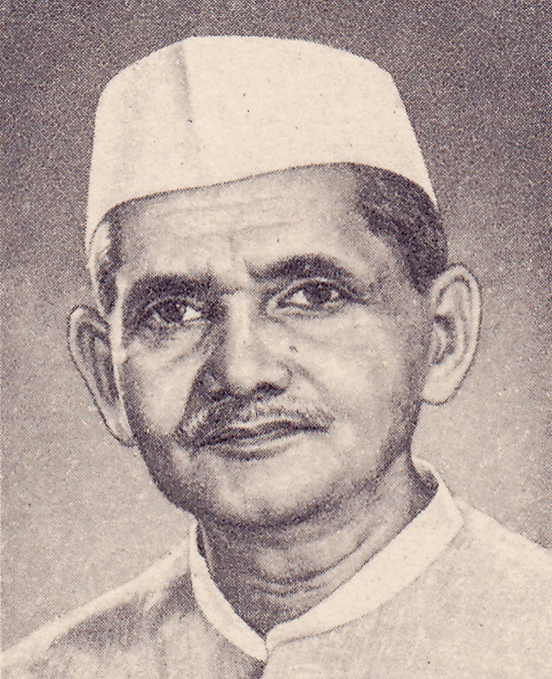
- In 1947, after India got independence Lal Bahadur Shastri got the portfolio of transport and Home ministry. In 1952, he was given the Railway ministry. When Jawaharlal Nehru died Lal Bahadur Shastri succeeded him as the Prime Minister for a very short time of only 18 months. In 1965 war he got his achievements after the victory on Pakistan. On 11th January 1966, he got a severe heart attack and he died.
- Lal Bahadur Shastri tackled many elementary problems like food shortage, unemployment, and poverty. To overcome the acute food shortage, Shastri asked the experts to devise a long-term strategy. This was the beginning of the famous “Green Revolution”.
- After the Chinese aggression of 1962, India faced another aggression from Pakistan in 1965 during Shastri's tenure, and Lal Bahadur Shastri showing his mettle and made it very clear that India would not sit and watch.
- While granting liberty to the Security Forces to retaliate he said: “Force will be met with force”. Lal Bahadur Shastri was first the Minister for Transport and Communications and then the Minister of Commerce and Industry. In 1961 he was the Minister for Home and formed the “Committee on Prevention of Corruption” headed by of K. Santhanam.
Indira Gandhi Era
Indira Priyadarshini Gandhi was an Indian politician and a central figure of the Indian National Congress. She was the first and, to date, only female Prime Minister of India.

- When she was prime minister of India, she led the country to greater heights. Under her leadership in 1971, India defeated Pakistan in the war and broke its back. Additionally, she also nationalized the banks in 1970 and abolished all the privy purses. These two bold steps defined her time as a prime minister of India.
- One major decision of her tenure was yet to come when in 1975, opposition parties revolted against the historical judgment of justice Sinha.
- Thus, to neutralize the effect of the opposition of the country she declared the state of internal emergency. So, this resulted in a defeat for her in 1977. After this, for two and a half years she remained in hot water and it was in January 1980 that she came back to her position in the midterm poll.
- She was a woman of courage, vision, and foresight. Also, her 20 point program was a bold way in order to bring prosperity to the poor. She was a woman who made history as a prime minister of India.
|
28 videos|44 docs|21 tests
|
FAQs on Introduction: Post Independence India- 1 - Post Independence History for UPSC Mains
| 1. What impact did the colonial legacy have on India's development post-1947? |  |
| 2. How did economic exploitation during the colonial era affect India's development? |  |
| 3. How did the contrasting image of colonialism shape India's post-independence trajectory? |  |
| 4. How has India progressed since independence? |  |
| 5. What are the major challenges India has faced since independence? |  |
















